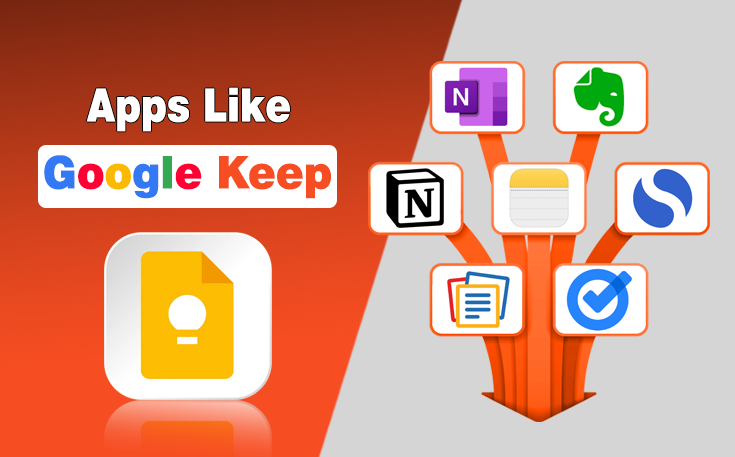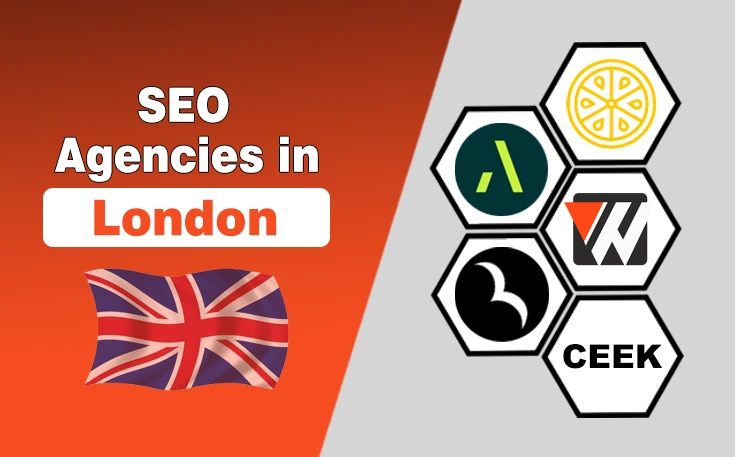Writing a clear and professional email greeting and opening line is crucial because it helps the sender attract readers and make a lasting impression. But how can you do it effectively if you don’t know how to start an email?
An email’s starting and ending phrases can grab recipients’ attention and convey the information you want. For this, you should craft better ways to start emails without broad phrases because it can enhance your relationship with others.
In this article, we will learn how to start an email effectively, with some tips and examples to start emails professionally.
Importance of Starting an Email
It’s important to start an effective email, whether you are a professional or want to communicate with your friends and family. Starting a message in the right tone can attract readers and motivate them to continue reading and understand what you want to convey. However, the starting of an email in a good way increases more responses to your email compaigns.
If you want to communicate with someone you know, you can start writing in an informal tone. However, if you don’t know someone well, you can use a formal tone to communicate with them.
First, you should know about your audience. Knowing your audience crafts an email opening in the right tone, which builds a professional relationship and starts meaningful conversations with them.
What is an Informal Email? With Examples
An informal email is one you send to those you know well, like your family, friends, and others, in a more friendly tone. In this email, you don’t need to be formalistic. If you don’t know how to start an informal email, follow the examples below.
Examples of Informal Emails
- Hey, Hi there.
- Good morning, good afternoon, good evening.
- Hi (name).
- Dear (name).
- To (name).
- Hello (name).
What is a Formal Email With Examples?
A formal email is one that you use professionally and when you want to communicate with a person you don’t know. Businesses primarily use it to build professional relationships, find a job, or explore opportunities.
Examples of Formal Emails
- Dear team,
- Dear/Respected Sir
- Dear Mr./ Mrs./ Ms. (name)
How to Start an Email – Top Tips
In the section below, I will provide top tips on starting an email correctly, so keep learning.
1 – Create an Engaging Subject Line
A clear and concise subject line is essential at the beginning of an email because it is the first thing your recipient sees. A subject line differs from the opening line but is essential in attracting the recipient’s attention, especially in formal emails. It works like a headline, which allows a reader to easily understand what the message is about by reading.
Using action-oriented language and creative elements motivates recipients and sparks their curiosity about the entire email marketing journey. A good subject line can encourage a one-on-one conversation. It should be clear and maintain the right professional tone.

2 – Start Writing With a Positive Greeting
If you write an engaging subject line, recipients will open the email and land on the page where they will see your greeting. A greeting is an opening phrase to start an email in a polite tone, also known as a salutation. It can be written in many ways depending on your recipient and the email type, such as a business email or a cover letter.
It should set the tone for the rest of your email content, starting with a short message or formal greeting. A good and positive greeting provides an opportunity to engage the recipient and build a better relationship with them for your career.

Examples of Greetings
- Dear+name
- Dear
- Hi/Hi there
- Hello+ name
- Hey
- Dear Manager/Team
- Good morning, good afternoon, and good evening
- Greetings
3 – Address Your Recipient Respectfully
Another tip on how to start an email is to address the recipient appropriately. When you send an email that addresses the recipient properly, it’s essential to use the right tone and address the recipient correctly. It ensures the recipient reads the email, which can influence your future success and establish a good relationship with them. It’s more helpful for businesses when they need to communicate with a new person with whom they want to connect.
If you are a professional or employer, starting an email like this is essential for building a relationship with them. You can use friendly salutations like hi or Hello to address the recipient or someone in an email. Similarly, you can use the recipient’s name properly, like dear John, when you know them. But in case you don’t know, that can address them like dear sir, madam, etc.
Make sure to spell their name correctly and ensure capitalization. Some examples of addresses include Dear, Hi, Hello, Dear Sir, Madam, Dear Ms./Mrs.+ name, etc.

4 – Start a Conversation with the Recipient in a Positive Tone
Establishing a conversation in a positive tone is essential, especially when you don’t know the recipient you are sending an email to. It’s essential to use explicit expressions to convey politeness to the person and make a good impression. You should be mindful of your tone, which you can easily select once you know who you are emailing.
Using a positive tone allows writers to effectively convey their emotions to the reader and convey their meaning. An engaging and positive email tone can also attract readers. A tone can be set and conveyed in a professional and optimized style, ensuring your recipients will be interested in your email quickly.
If you use positive words, emotions, and clear and neutral language, you can create a positive tone. If you are sending an email to a business person, you can set your tone to be professional, while if you are sending an email to a recipient, you know them, and you can start a conversation in a friendly tone.

5 – Start Asking Friendly Questions
You can start by asking questions like, “How are you?” “What do you think?” “What’s new with you?” etc. This is because asking questions inspires and engages the recipient to start a conversation. You can also ask the reader how they are doing, what they will do this weekend, or something more engaging.
In formal emails, starting an email with direct questioning for the sender creates an opportunity to collaborate and engage with readers more effectively.

6 – Start Writing with a Well Crafted Introduction
When writing an email, you should introduce yourself before moving on to your message, especially when the recipient is unknown. Also, make sure your introduction is short and quick so the recipient can understand who you are. A well crafted introduction is concise and can be organized into text sections into bullet points for more clarity.
Friendly salutations make your message clearer and more accessible. It should be created in a positive tone that balances a professional and a friendly conversational tone.

7 – Ensure You Spell the Recipient’s Name Correctly
Misspelling the recipient’s name is the most significant barrier to effective communication; the recipient will not take your message seriously and put a wrong impression on them. So, the recipient’s name is the first thing they see, so make sure to write and spell it correctly.
If you don’t know the recipient’s name, you can start the email with “Dear/Respected Sir, Madam, or Dear Mr./Mrs.’Mrs.,” etc.

8 – Start with Good Wishes
If you don’t know how to start an email that makes a lasting and quick impression on the recipient, you can include a positive note after greeting. This note builds a good relationship with the recipient and can be written in precise wording.
You can skip this if your recipient prefers to read only the essential and to-the-point information. Some effective well wishes you can use include “Hoping” all is well,” “I hope you are enjoying your time,” and “I hope your week is going well.”

Things to Avoid When Starting an Email
Here are some tips you should follow and can be avoided while starting an email:
- Don’t use To Whom It May Concern.
- Avoid mentioning time in the email, like good morning or good afternoon.
- Avoid redundant openings, like I know you are busy; let me introduce myself, etc.
- Don’t use emojis, smiley faces, icons and exclamation points
- Avoid using nicknames or abbreviated names.
You can also learn the other article where I wrote about How to End an Email in a good way.
So, Finally:
Email is becoming the popular, cost effective, more accessible, and efficient way to communicate with others. Starting an email is very important to grab people’s attention, especially when reaching out to them for future opportunities.
Many people send thousands of emails daily and don’t get any response because they don’t know how to start and send emails correctly. Understanding and sending emails appropriately increases brand awareness, builds good relationships with other businesses, gets your desired jobs, etc.
Need custom app with amazing features?
Get a Quote




